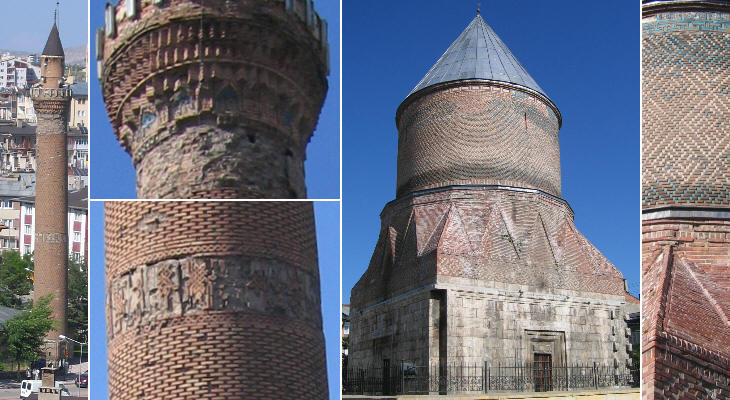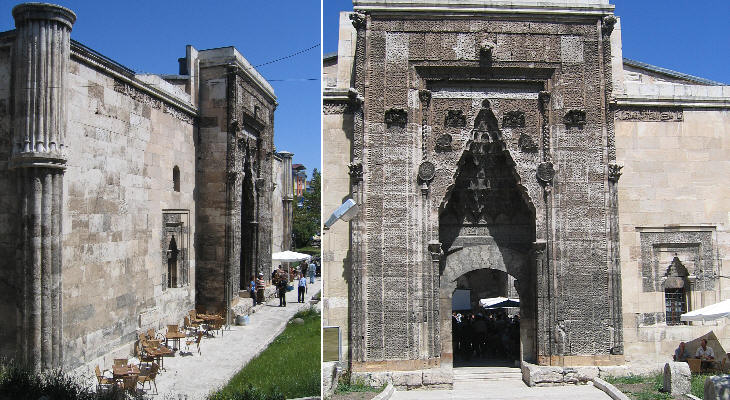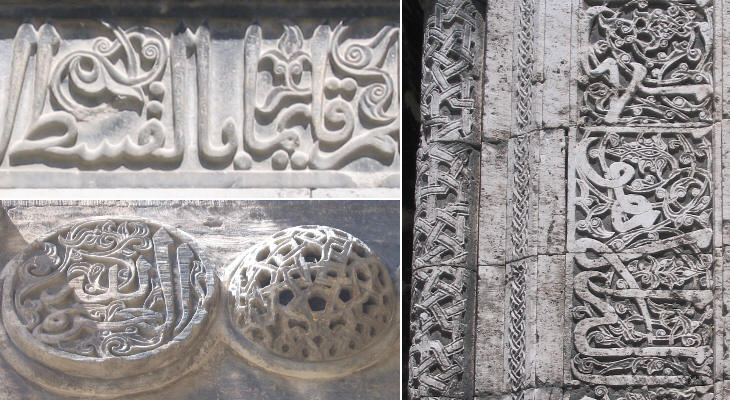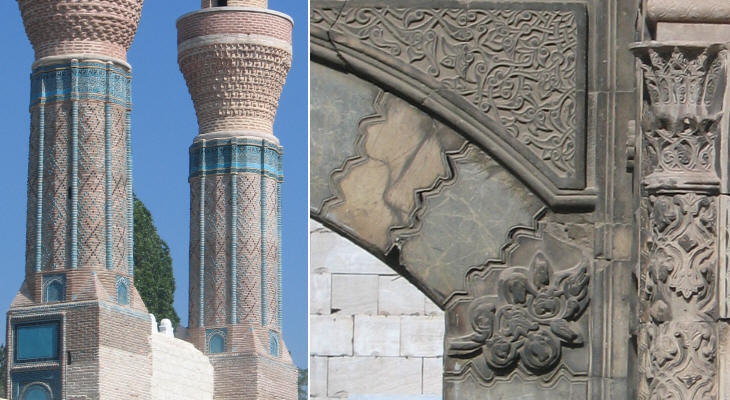  What's New! Detailed Sitemap All images © by Roberto Piperno, owner of the domain. Write to romapip@quipo.it. Text edited by Rosamie Moore. Page added in August 2008. |
 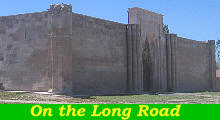 - Sivas - page one - Sivas - page one(Sultanhan) Kayseri owes its name to Julius Caesar; Sivas to Augustus; the town was founded by the Hittites, but it was renamed Sebasteia in honour of the Roman emperor. Augustus was not a name but a Latin adjective meaning very admirable/noble; its Greek translation was sebastos, so Sebasteia meant Augusta. Notwithstanding its name Sivas does not retain major Roman memories. The town is located at the eastern limit of the Anatolian plateau, in an area which was often included in a buffer state between the Roman and the Persian Empires.
The Byzantines strengthened the fortifications of Sivas, yet the town was sacked by the Persians in 575 and by the Arabs in 712. After the Byzantine defeat at Manzikert in 1071 Sivas became an autonomous Seljuk beylik, a small local principality. Eventually it fell under the authority of the Sultans of Konya. The tall minaret of Ulu Camii (Great Mosque) was built by Sultan Kaykaus I in 1213; it had a decoration of blue faience tiles, which is a characteristic of many other monuments of Sivas. This decoration can be seen also in Guduk Minaret, a large kumbet (mausoleum) having the shape of a truncated minaret.
Sultan Kaykaus I founded a large darussifah (hospital), which included a medical school. The complex was turned into a medrese (theological school) in 1768 and its current name (hospital medrese) makes reference to its former use. The portal was decorated with two statues of lions, a symbol of the Seljuk sultans. Kaykaus I chose to be buried in Sivas in a mausoleum inside the darussifah. The photos of Sivas were taken in June 2008 when the restoration of Sifahiye Medrese was being started; at that time that of Gok Medrese (see final part of this page) was almost completed. This allows an assessment of benefits and drawbacks of extensive restorations.
In the winter of 1242-43 the Mongols attacked the Sultanate of Konya and on June 26, 1243 they defeated the Seljuks at the battle of Kose Dag, a mountain in eastern Anatolia. As a consequence Sivas became part of the Mongol feudal system. However the Sultans of Konya maintained a formal suzerainty over the town. This may explain why in the same year 1271 three medrese were built: two (Buruciye and Gok Medrese) by high officers appointed by Sultan Kaykhusraw III (the nominal ruler) and one (Cifte Minare Medrese - see page two) by a vizier appointed by Mongol Khan Abaqa.
Muzafer Buruciye Medrese was a school where students learnt more than just theology. An inscription on the portal says that "To demand an education in science is an obligation for every Muslim". The decoration of the portal is based on a mixture of calligraphy and floral motifs. The Arabic script used in this medrese is known as sulus: it allows a great variety of forms and therefore of decorative compositions; for this reason it is also known as ummu'l hat (mother of writing).
The courtyard of the medrese was built making use of columns and capitals taken from ancient temples or churches, almost the only remaining evidence of the Roman-Byzantine past of Sivas.
Gok Medrese means blue medrese and the name is due to the colour of its decoration. This medrese is the symbol of Sivas and one of the best known examples of Seljuk architecture: from a small inscription in the portal we know that it was designed by an architect who came from Konya.
Immediately after having been restored all works of art appear "too new". That applies to the Gok Medrese minarets too. Usually in a few years this excess of newness goes away and the evocativeness of the monument will be back. Astronomy was taught in this medrese and two reliefs in the portal show the zodiacal symbols. There are some similarities with the Chinese symbols, with animals replacing some of the traditional zodiacal signs (you may notice an elephant's head - first on the left). The image used as background for this page shows a detail of Gok Medrese. Move to page two.  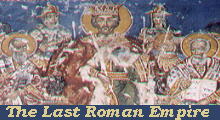 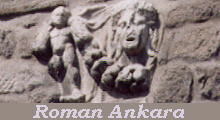 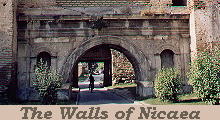 |
